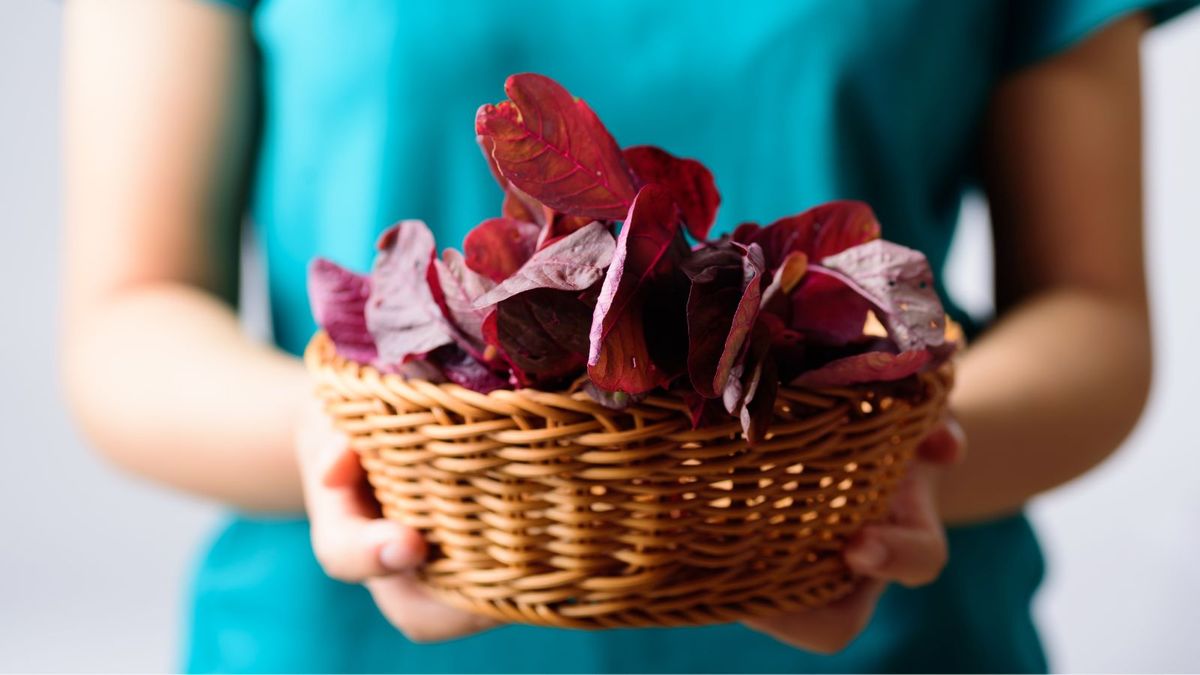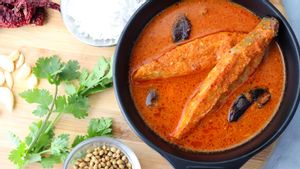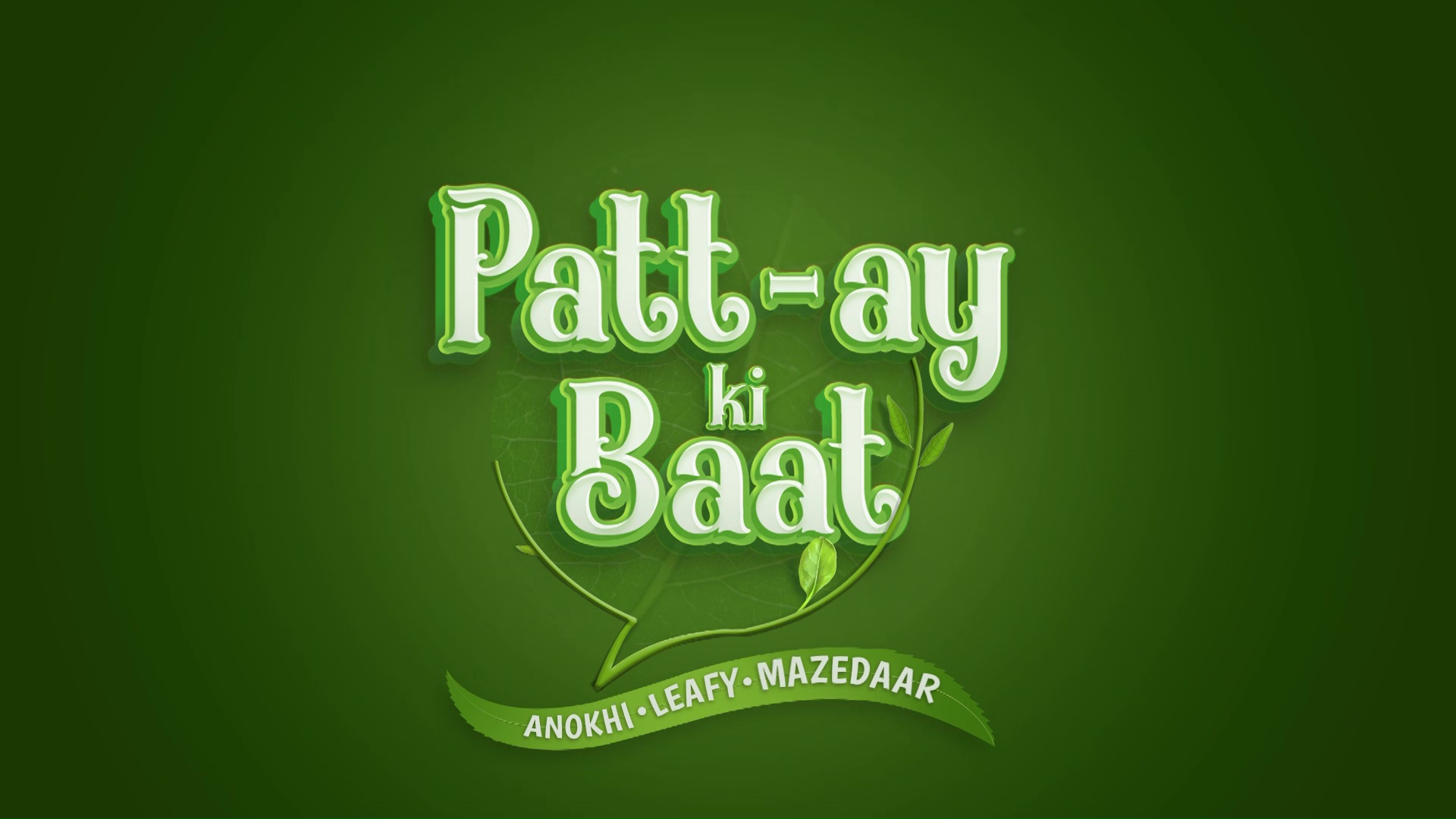Methi (fenugreek) leaves make lovely pakoras and mathri and there’s no match for the delicious dishes that can be made with palak (spinach) – think palak paneer and palak halwa. But they are so not the only desi leafy vegetables that are used in cooking the varied cuisines of India.
Look around. There is a plethora of edible leafy vegetables in the local market awaiting to be savoured as sabzi, pakoras, quiche, and stir fries. What’s more? These leaves are loaded with different kinds of essential nutrients such as vitamins, minerals, calcium, protein, iron, fibre and antioxidants.
Here’s our list of the desi leafy vegetables that are easily available at your local market and deserve a spot in your everyday meals.
1. Bathua (Chenopodium album)
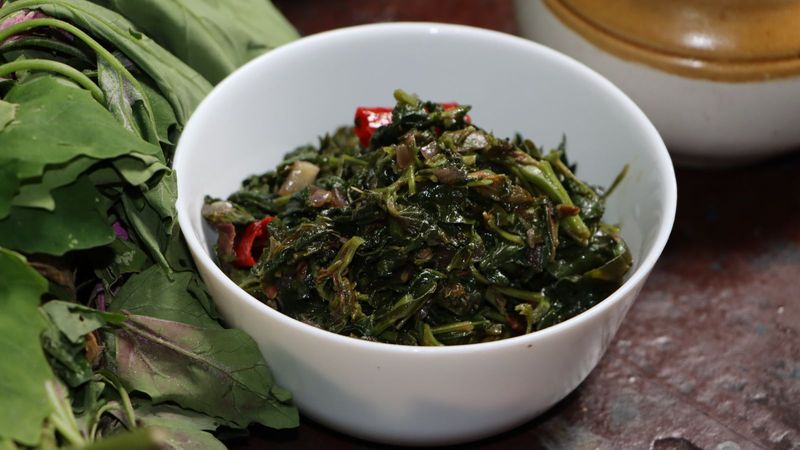
A winter speciality in north India, bathua is an arrow-shaped leaf that grows as a weed and has an earthy taste. It is rich in potassium and vitamin C and may help boost immunity as part of a healthy, nutritious diet. Traditionally, bathua is stuffed in parathas, mixed with besan and rice flour to make pakoras, and mixed with curd to make raita. But you can also use it in quiche, pasta, pizza, or meat curry as an alternative to spinach.
2. Laal Math (red amaranth) leaves

A monsoon special from Maharashtra, laal math aka red amaranth has an earthy taste. Rich in iron, these leaves are used to make saag, dal, meat curries, and sabzi. Many people enjoy these vibrant and delicious leaves by adding into parathas, raita, and salads.
3. Gongura (red sorrel) leaves
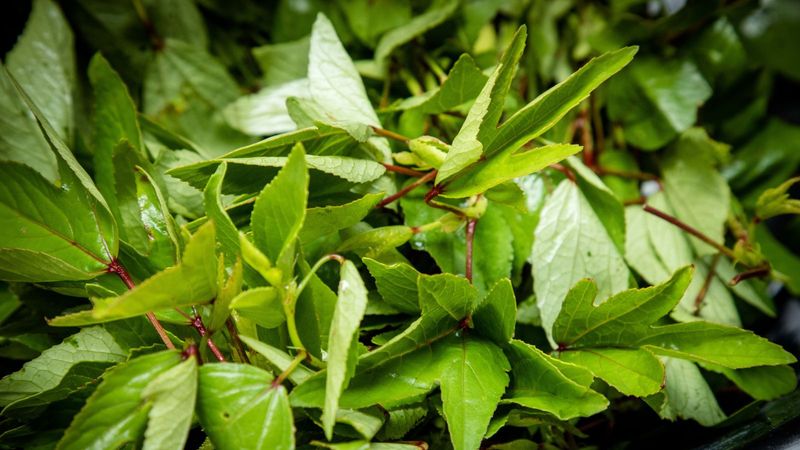
Available all year long, gongura leaves are a part of the cuisines of Maharashtra, Tamil Nadu, Karnataka, Orissa, and Assam. They are naturally sour in flavour and are typically used to add a distinct zest to everyday dishes such as dals and meat curries. These green-red leaves are often turned into a pickle by combining these with red chilli and tamarind.
4. Arbi (Colocasia) leaves
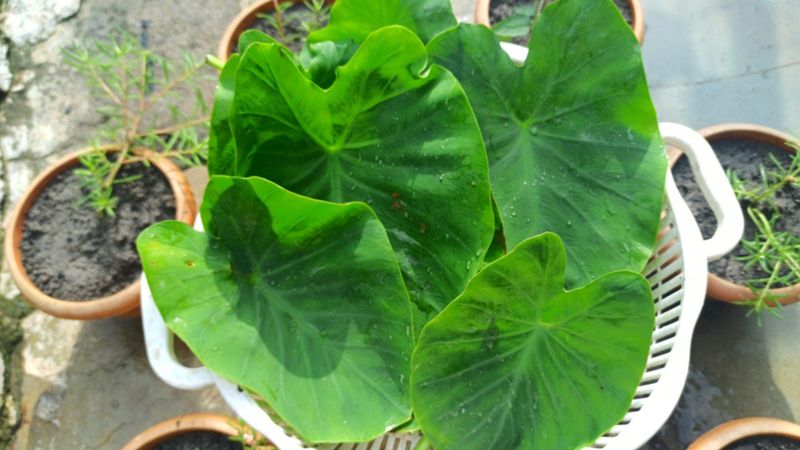
These small to jumbo size heart-shaped leaves are eaten in many parts of India including Maharashtra, Gujarat, Bihar, Uttarakhand, and even Uttar Pradesh. Also known as Colocasia and taro leaves, arbi leaves are a good source of dietary fibre, protein, and iron, among other nutrients. Arbi leaves are popularly in the form of patra or pathrode, sabzi, and pakoras. These leaves don’t have a strong flavour of their own, which makes it easy to pair them with other ingredients. A mild nutty flavour is all you can expect.
5. Saijan Saag (moringa leaves)
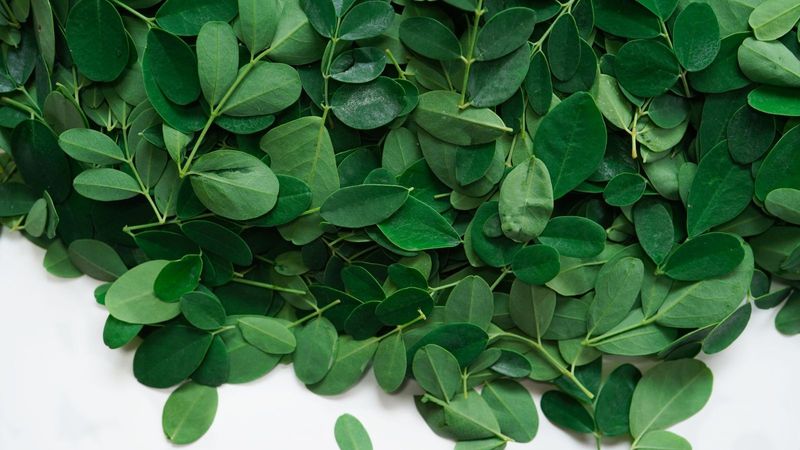
One of the top superfoods of this decade, the leaves of the moringa tree are an excellent source of vitamin C, pro-vitamin A, vitamin K, manganese, and protein (more on moringa benefits), and they are available all year-round. These leaves are mildly bitter and pepper-like in flavour. Moringa leaf is commonly used to make soup and stir fry, but you can also make fritters, add the leaves to your usual pulao, or toss a few in salad and smoothies.
Want more ideas with edible leaves to upgrade your meal repertoire? Stay tuned to Zee Zest. We’re bringing to you a new show titled Patt-ay ki Baat with chef Ajay Chopra.
Watch the Patt-ay ki Baat teaser here:


